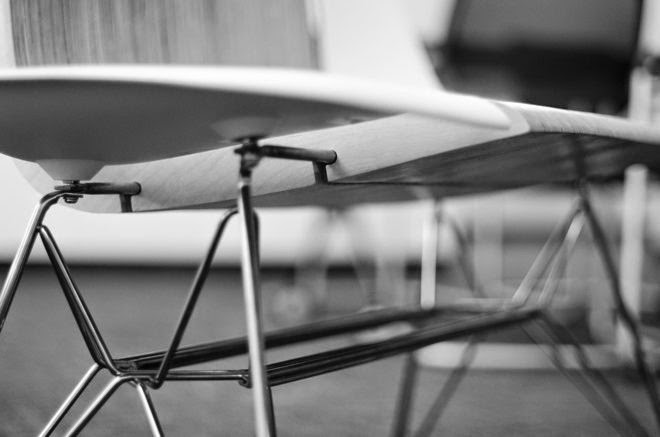The 1964-65 New York World's Fair IBM pavilion, designed by Charles Eames with Studio Saarinen, featured a suspended ovoid theatre over a canopy of steel trees, in which a multimedia show offered glimpses of the future.
/.../ Domus readers have already been given an anticipatory view of Charles Eames' famous IBM pavilion. Its main feature is the suspended theatre, an ovoid volume raised above the forest of steel tree-like structures which support the translucent roof over the open-air exhibit. A huge hydraulic lift (the People Wall) lifts a completely seated audience of five-hundred people fifty feet into the ovoid theatre (the lnformation Machine).
This audience,"withdrawn" from the crowd and isolated within the huge egg will be in the "centre" of an unexpected spectacle; as in a space-ship, of unusual dimensions, the spectator's feeling of surprise and uncertainty will predispose him to a greater emotion. There the show begins: a multiscreen film presentation, including motion picture and still slide projections, four sound systems, runways and stages for live actors appearances. Multiscreen large-scale projections had already been experimented by Eames (US Exhibition in Moscow, 1959) but now, for the first time, the theatre itself has been built together with the spectacle, the one being conceived in relation to the other /.../



















.jpg)


























